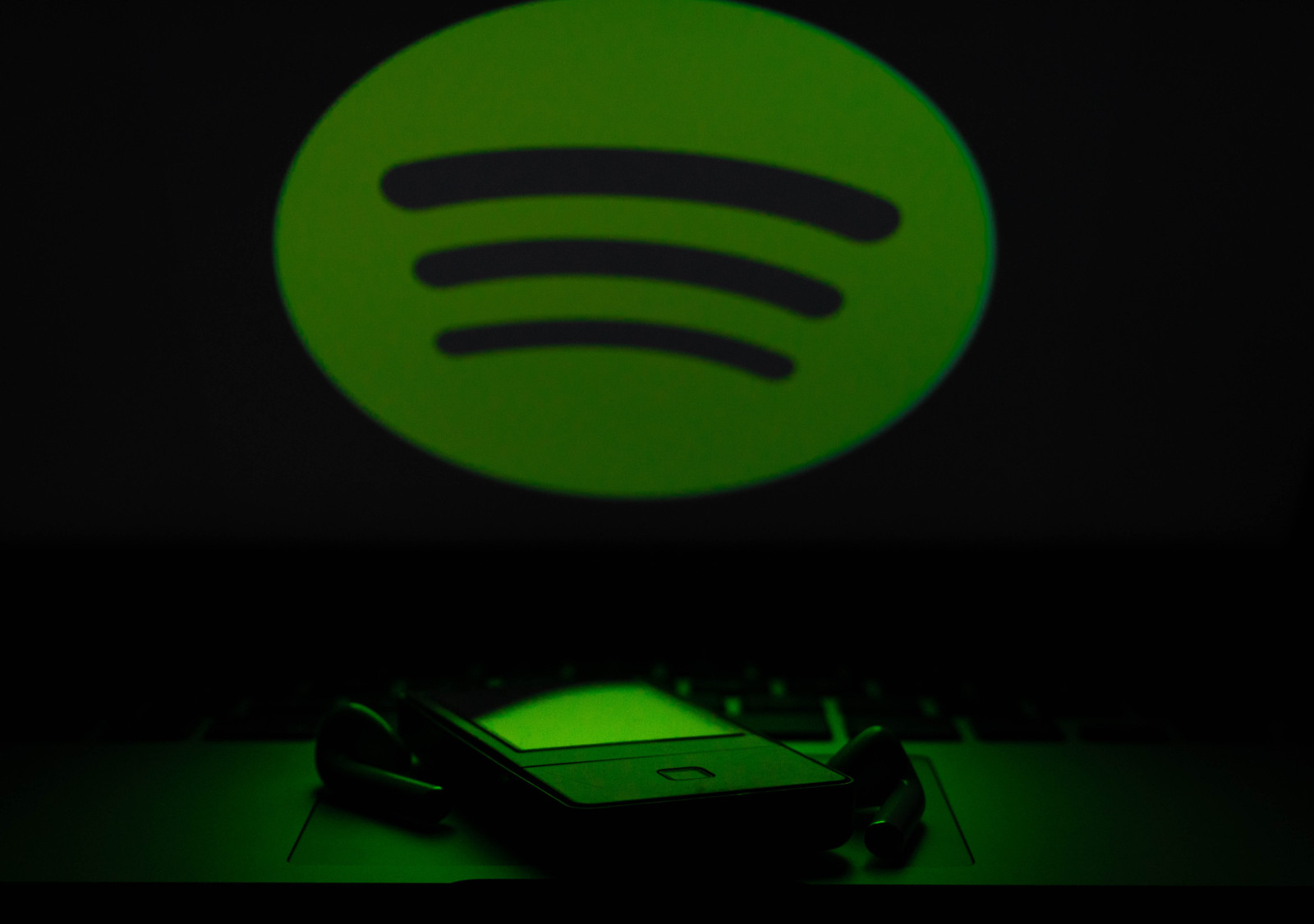Spotify re-positions two-tier licensing (we are getting closer, and it can be even better)

Photo: reet-talreja

Spotify released a blog post laying out how it wants the world to understand its new two-tier royalty system. The positioning is clear, leading with the statement that it will drive “an additional $1 billion toward[s] emerging and professional artists” and the PR push included several supporting quotes from the independent sector (with no major label quote to be seen). Positioning-wise, this is certainly now a case of ‘where it started’ (reverse Robin Hood) and ‘how it is going (everyone is a winner). Of course, the truth lies somewhere in between, but we are getting to a better place and there are some really important positive points made by Spotify.
The main benefits outlined by Spotify are:
· Reducing fraud (financial penalties for actors that manipulate streams)
· Cutting back on ‘noise’ (increasing the minimum stream length to two minutes)
The cumulative impact of these measures will be more money going into the royalty pot for ‘honest hard-working artists’. This is all positive and represents part of a much needed recalibration of the wider model to tackle the long-term rise of unintended consequences of the streaming economy.
However, because the two-tier royalty system is also deployed alongside these measures, it will still be bigger artists that benefit from the larger royalty pool. Spotify states that redistributing the revenues from the end of the tail will be more impactful for ‘these tens of millions of dollars per year to increase payments to those most dependent on streaming revenue — rather than being spread out in tiny payments that typically don’t even reach an artist’. Spotify also makes the important point that most of the royalties from <1,000 stream tracks do not even make it to the artists because they do not meet the minimum payout levels set by labels and distributors.
Of course, this means that labels and distributors who have a substantial numbers of songs with <1,000 streams will see portions of their income withheld. For smaller labels this could be impactful. All labels shoulder risk knowing that a majority of their artists are unlikely to deliver them a profit. Bigger labels, major labels especially, hedge this bet by only paying artists royalties once they have generated more income than the advances the labels pay them. Smaller labels can rarely afford to pay advances and they also typically pay a higher share of royalties (e.g., 50%) to artists. So, having a payout threshold of, say, $50 per track, is their means of hedging risk. Some of that hedged risk will go out of the window for smaller labels.
Featured Report
Ad-supported music market shares Spotify ascending
Ad-supported streaming has always occupied a unique and slightly contentious place in the music industry ecosystem. On the one hand, ad-supported still represents an effective way to reach consumers at scale, creating a wider subscriber acquisition funnel.
Find out more…(And to be clear, I am referring here to genuine smaller labels, not to synical ones that who trade in 30 second noise clips to gain the system. Those labels will suffer in this system, and rightly so.)
A larger label might argue that smaller labels should simply focus on signing tracks with more potential, but the label marketplace is a competitive one. The ‘bigger artists want to go to bigger labels’ dynamic applies to the bottom of the tail too – it just translates to ‘not-so-small artists want to go to not-so-small labels’. Unless a label is investor backed, they all need to start small. There is a risk that these smaller labels do not have a voice in this debate.
But, let’s revisit this objective: ‘increase payments to those most dependent on streaming revenue — rather than being spread out in tiny payments’.
(It is also important to note that the 1,000 streams threshold is for songs, not artists. So, many artists (and labels) will receive royalties for some, but not all of their songs. So this is not just about artists with <1,000 streams.)
While this is true at the input stage, it does not necessarily translate on the output stage. Assuming that the <1,000 streams revenue was worth around $60 million in 2023 (Spotify says “tens of millions”). Then, taking Spotify’s own Loud and Clear figures, applying the $0.03 per stream royalty, and distributing that on a share-of-streams basis for all other artists, provides an income translating to an extra +/- 1% of annual Spotify royalty income for those artists. So, the system takes money that is insignificant to the bottom of the tail and then divides it up into amounts that are insignificant, in relative terms, to the rest.
To be clear, some artists will get a good payout, peaking at somewhere around $20,000 for the top artists. However, as they already earn over a couple of a million each, that amount is probably not meaningful to them in relative terms.
So, where am I driving at with all this? How about we take the proposed system and instead of dividing into micro payments for everyone, just target it at one small group of emerging artists with potential. Turn it into an artist development fund rather than an inverted redistribution of wealth. That way the money can be put to really good use, investing in the very part of the market where the money came from in the first place.
In summary, Spotify’s new positioning of two-tier licensing is fair, reasonable and positive in most respects. The associated (but separate) noise and fraud measures are super important and will help bring greater fairness and equity to the system. But distribution of the <1,000 stream royalties remains a sticking point. As it will have such a small impact on the income of other artists, surely funnelling these “tens of millions” into an artist development fund is a win-win that the industry can get behind?

There are comments on this post join the discussion.